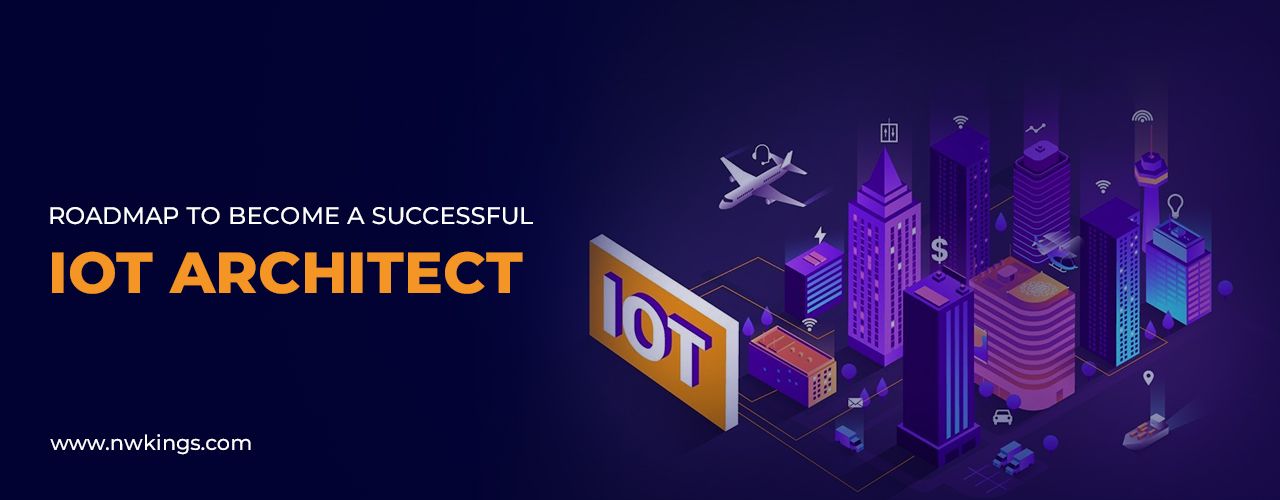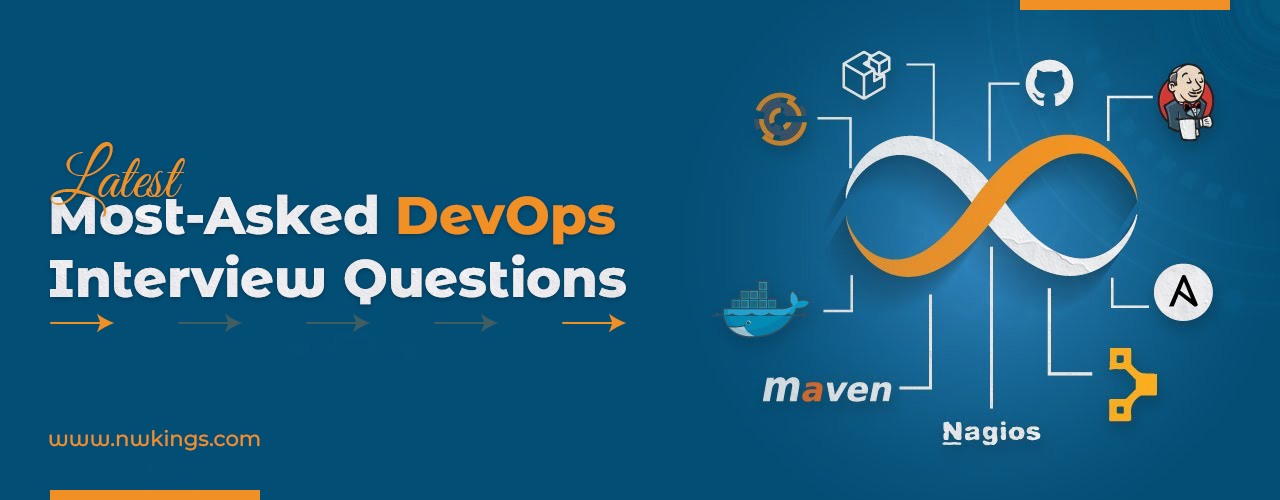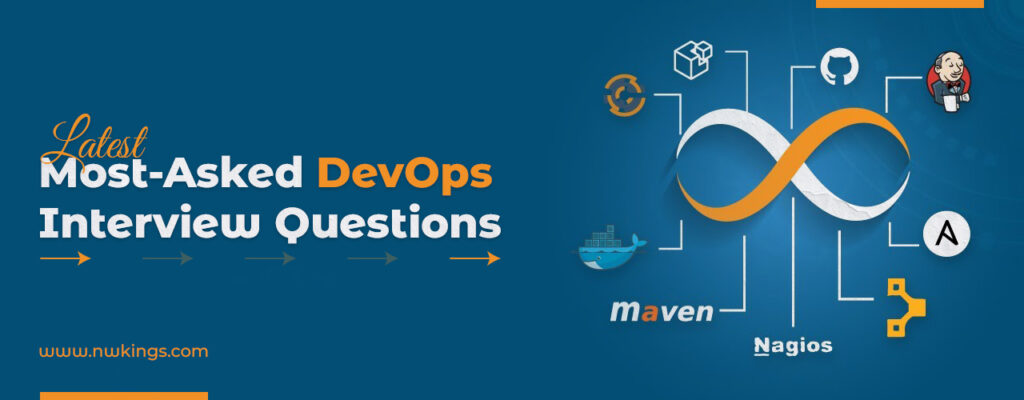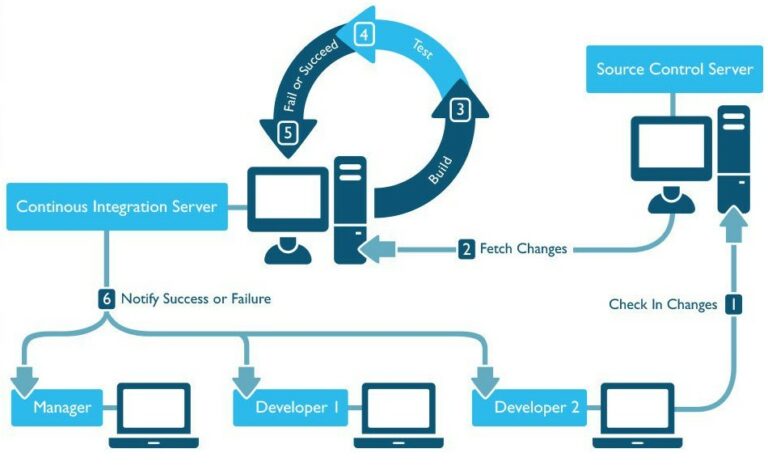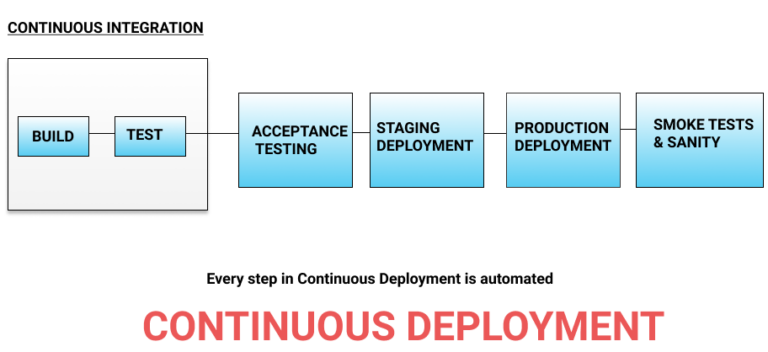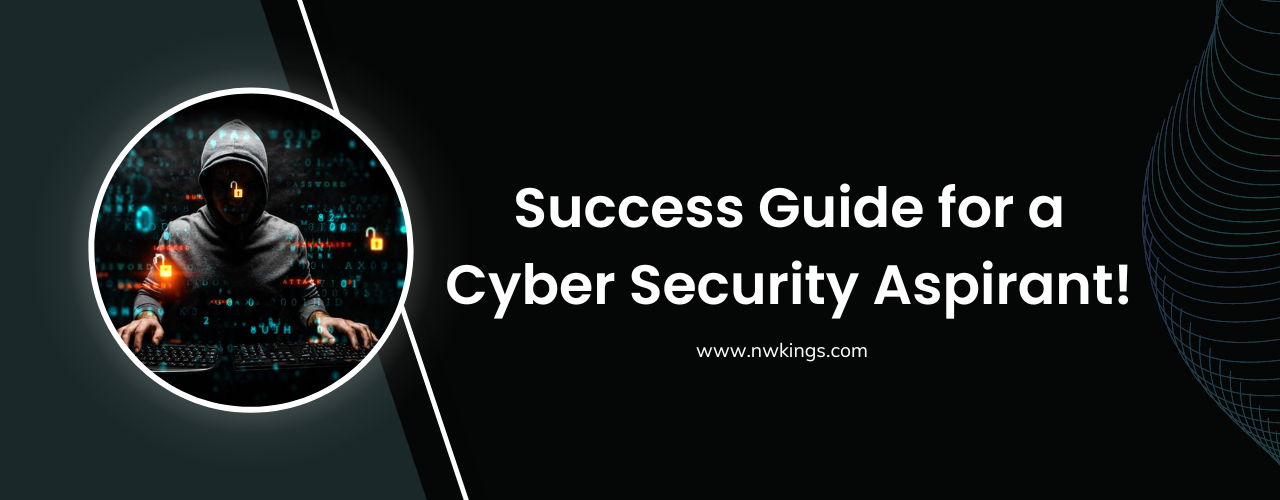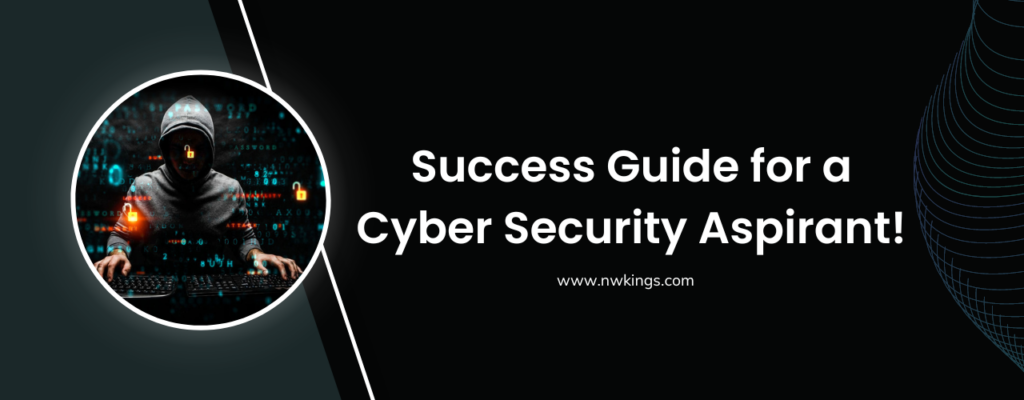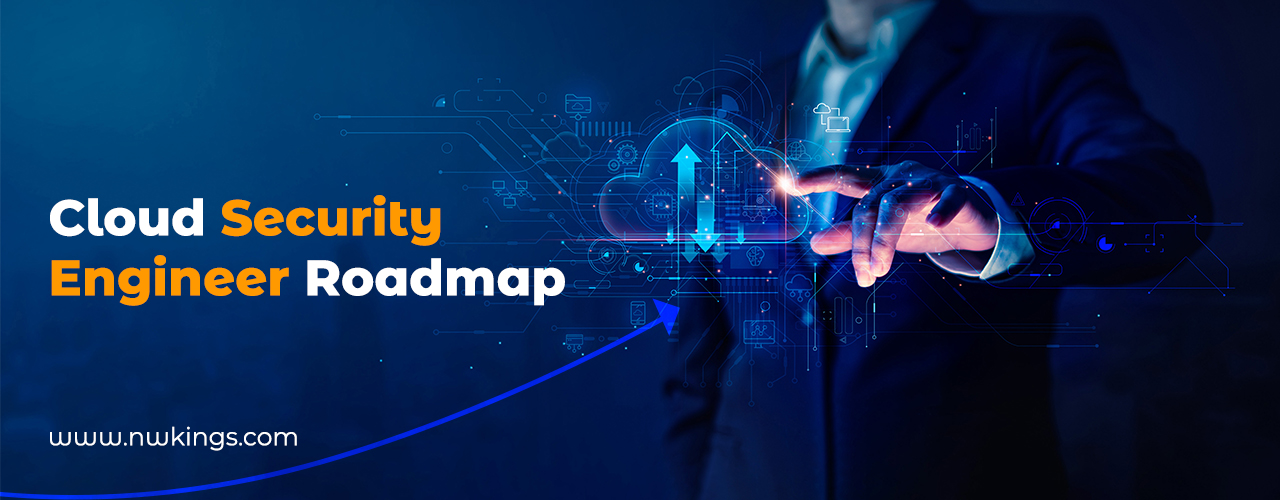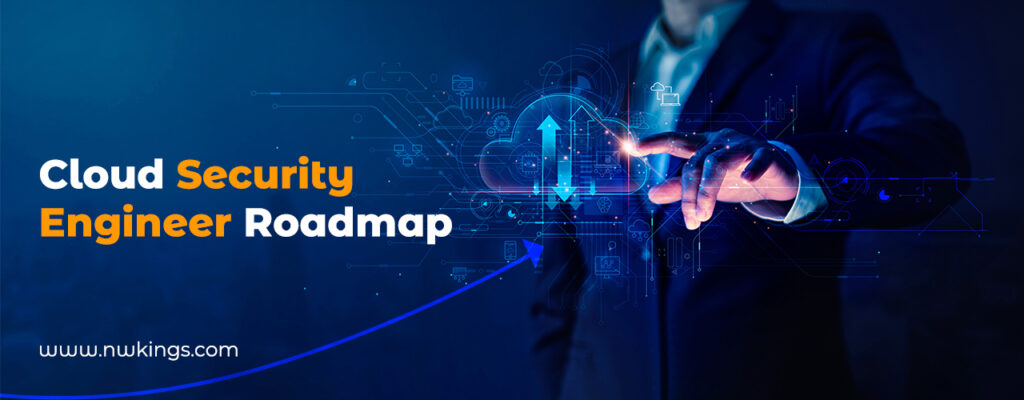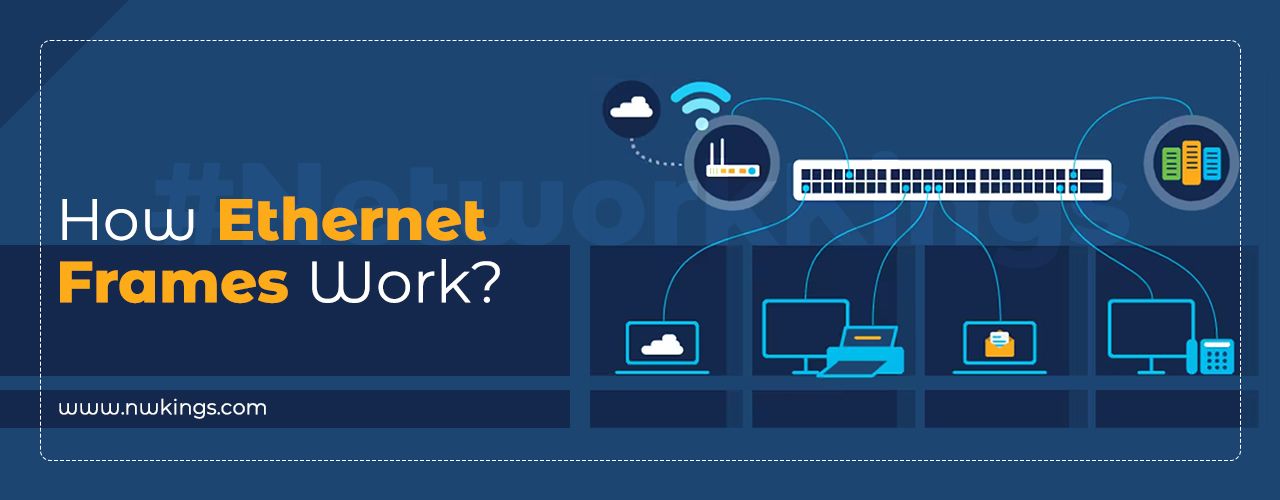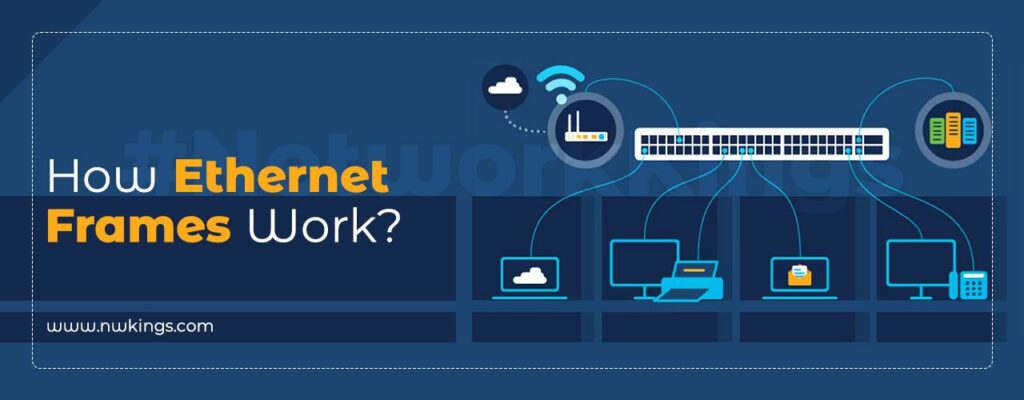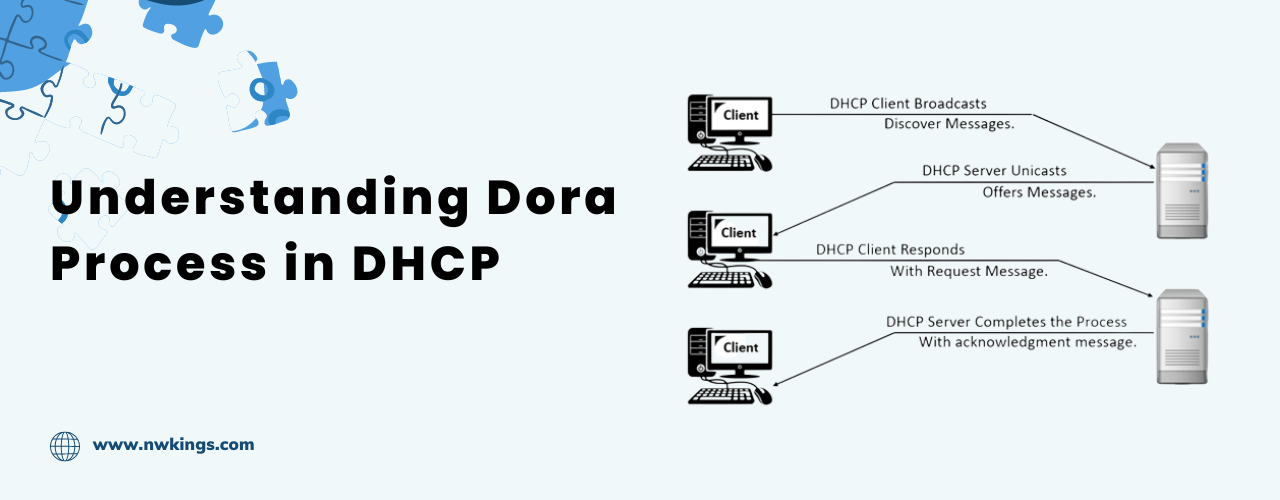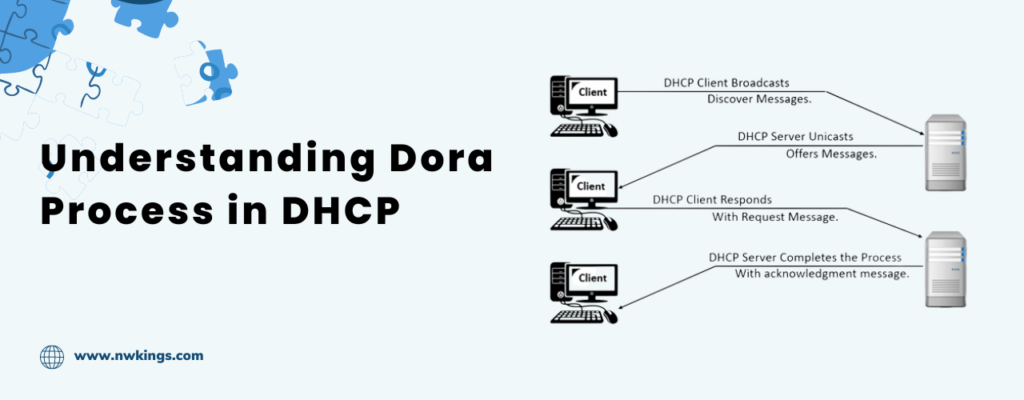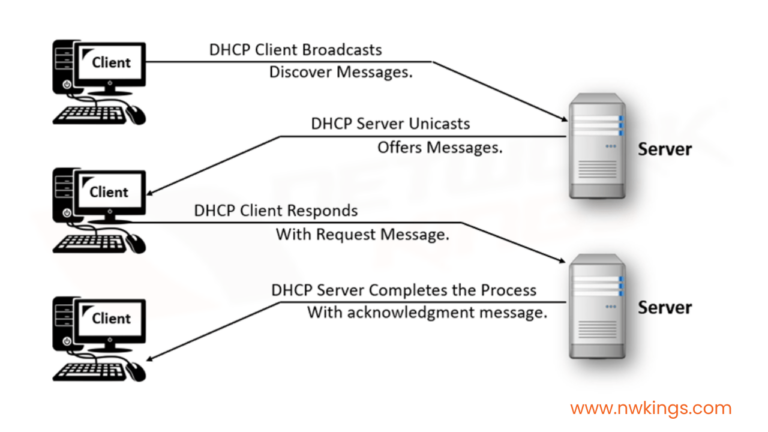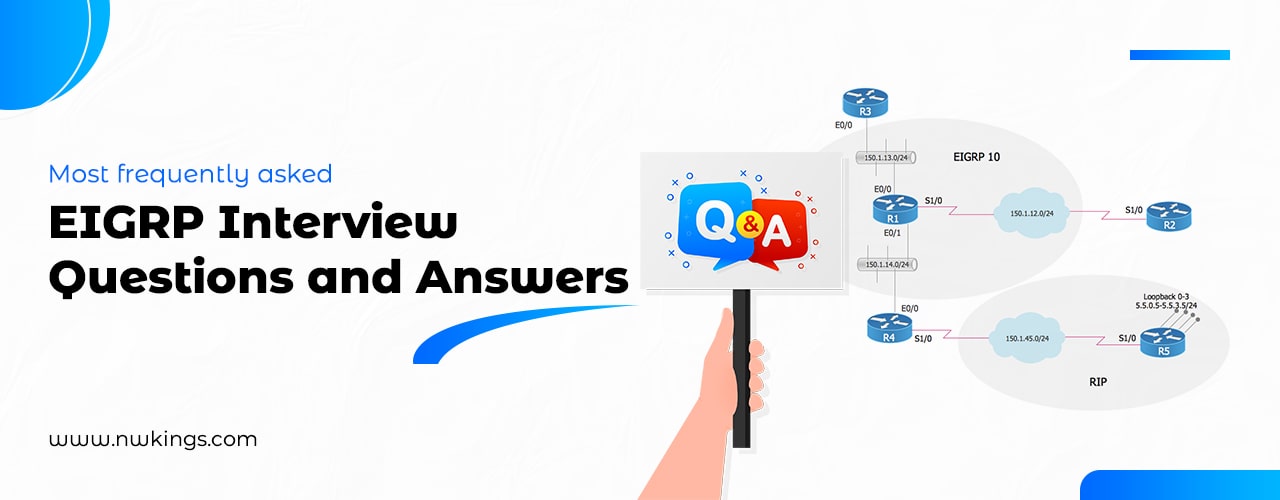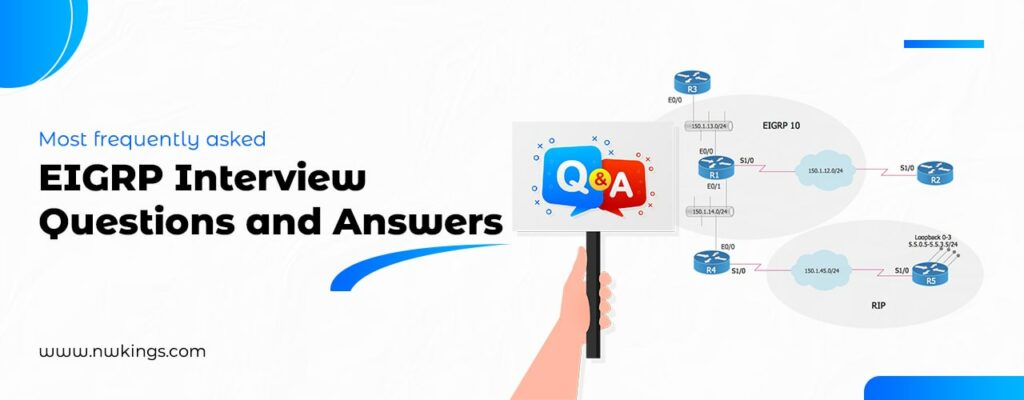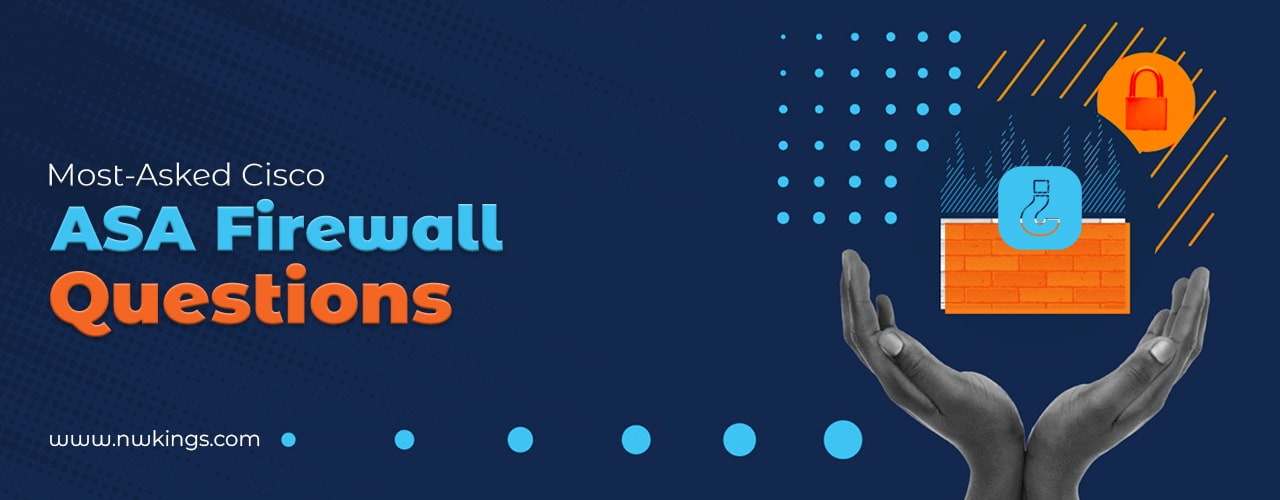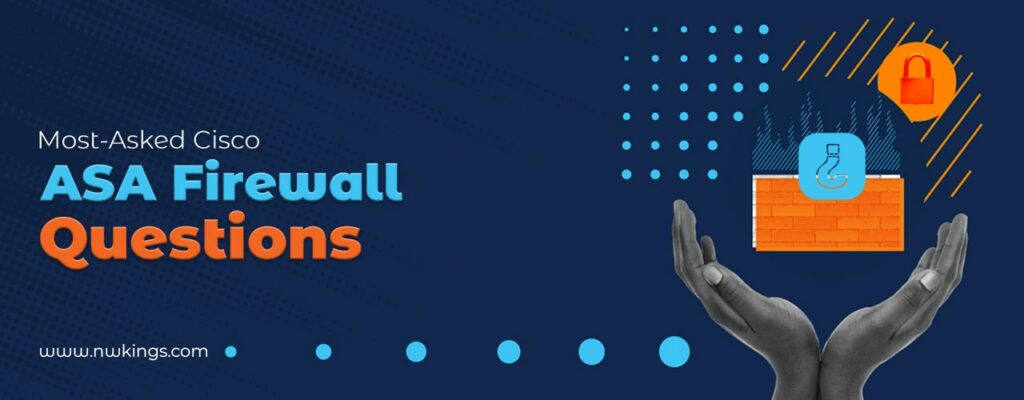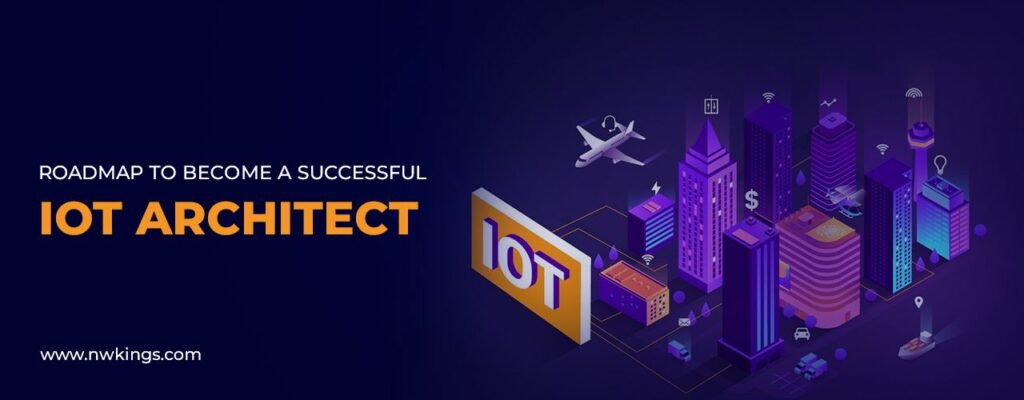
Wondering how to become an IoT Solutions Architect? Here is the pathway.
The Internet of Things (IoT) is a new-world technology that allows physical devices to communicate and share data with each other. Since the beginning of the Internet, it has facilitated humans to connect with each other. The IoT takes things to the next level and connects devices for Machine-to-Machine (M2M) learning.
The IoT technology is practically put into use by the IoT architect who builds applications and deploys them for intelligent hardware devices. To infer, IoT is a rather hardware-intensive technology that allows the creation of smart automated homes, smart healthcare systems, smart agriculture systems, etc.
In this guide, we have discussed how to become an IoT solutions architect, the skills required to become an IoT engineer, the scope, job roles, and salary prospects of an IoT solution architect.
What is an IoT Solutions Architect?
An IoT architect sorts through all the data transmitted between networks from various machines and devices used daily by millions of people across the globe. An IoT solutions architect sorts through all the data transmitted between networks from various machines and devices used daily by millions of people across the globe. He helps organizations solve business problems and design smart IoT solutions. He also creates and communicates various IoT concepts, architecture, and messages.
IoT devices take decisions based on the instructions passed on by an end user over the Internet (cloud) and perform the given action. For the seamless functioning of this whole process, an IoT solutions architect works with three main layers of an IoT infrastructure:
- The perception layer (sensors, gadgets)
- The networking layer (this is how devices connect with each other)
- The application layer (the end user interacts with this layer)
An IoT solutions architect also analyses the data processed by the cloud to make better decisions and improve an IoT infrastructure. In short, he is a professional who can monitor the whole process of building an IoT smart gadget to improve a business’s productivity, and customer satisfaction, and monitor business processes.
How to Become an IoT Solutions Architect?
It is significant to note that you need to have the right direction to become an IoT solutions architect. To make things easy for you, we have created a step-by-step roadmap that you can follow to break into the IoT infrastructure industry:
Roadmap to Become an IoT Solution Architect
- Bachelor’s degree:
It is crucial to have a bachelor’s degree in computer science, bachelor’s of computer applications, computer science engineering, or in any related field in IT to showcase your strong basic knowledge in computer science technology.
- Strong knowledge about hardware devices:
Don’t be misled about this point. Let me explain! Since IoT is a hardware-intensive technology, it is crucial to have good knowledge about sensors and how they work in hardware devices. This is because sensors are the foundation of bringing a desired end output that is expected out of the hardware device.
- Programming language:
You must know how to code in order to design an interactive user interface. It is beneficial to have knowledge about programming languages such as Ruby, Java, C++, Python, etc. Python is the most preferred programming language as it has many libraries at disposal that are easy to use and iterate.
- Hardware programming:
As discussed earlier, as the IoT infrastructure deals with physical devices, it is important to acquire knowledge of hardware programming. Through the use of such programming, you can interact with the hardware of the device to make it perform a desired action.
- Networking and security:
It is recommended to learn about the networking fundamentals and security. It is because the designed IoT architecture has to be made available on thousands of devices and networks when working in a large enterprise. This is when the networking skills come in handy. It is also made sure that the network environment is secure and protected against any data breaches.
Some of the best courses to learn networking are Cisco Certified Network Associate (CCNA), CompTIA Network+, CompTIA Security+.
- Cloud computing:
Cloud computing services are quite compatible with the IoT and go hand-in-hand with the technology. Cloud computing helps business organizations to scale their devices, manage their business, and manage costs efficiently. Learning cloud computing will give you an edge over others.
- Data management:
When dealing with networks and clouds that store/process the data fetched from hardware devices, learning data management practices is important. This is because data plays a crucial role in designing and building data solutions. The data fed to the cloud is then sorted by the IoT solutions architect.
- Gaining relevant IoT certification:
In order to land a job in the IoT industry, having a relevant and well-renowned certification is a must. Some of the popular IoT certifications include the Microsoft Certified Azure IoT Developer Specialty, AWS Internet of Things foundation series course.
- Add a relevant portfolio project:
By working on a hands-on project related to IoT, you can add weightage to your resume. Some of the best projects you can build as an aspiring IoT architect include home automation systems, smart healthcare systems, etc.
What are the required solutions architect skills?
As a refined IoT solutions architect, an individual must possess the following skills to become an asset to a business organization:
- Programming language: Familiarity with programming languages such as Python, Java, Ruby, etc.
- IoT management: He must have a strong knowledge of IoT governance and management practices including processes, standards, policies, and metrics to implement an IoT architecture process.
- Communication and leadership skills: Along with good technical and programming skills, it is essential to have exceptional communication skills and leadership qualities to interact with stakeholders and the IoT engineer team.
- Decision-making: He must be good at taking calculated decisions as they directly affect the growth of a business organization’s success.
- IoT architecture: As an IoT architect, it is crucial to have an in-depth understanding of how sensors of devices work and how the devices are interconnected to each other for data exchange.
- Networking and security: It is important to have good knowledge of networking concepts such as subnetting, network infrastructure, and how various devices are connected to each other. It also includes knowing how to make the IoT infrastructure quite secure. You must be well-equipped with the cloud concepts of networking.
- Cloud computing: It is recommended to have good knowledge of cloud such as Amazon Web Services (AWS), Microsoft Azure. We recommend you choose Microsoft Azure as it is quite compatible with IoT.
- UI and UX: It is yet another important skill to master when it comes to becoming an architect of the internet of things. An individual must know how to provide seamless user experience.
What are the job prospects for an IoT architect?
You can expect to land the following job roles after gaining an IoT solutions architect certification:
- IoT solutions architect
- IoT system engineer
- IoT integration specialist
- IoT security consultant
- IoT network engineer
- IoT embedded systems engineer
- IoT business analyst
- IoT data analyst
- IoT platform engineer
- IoT infrastructure specialist
- IoT cloud engineer
- IoT product manager
- IoT software engineer
- IoT application developer
- IoT industrial automation engineer
- IoT machine learning engineer
What is the expected salary of an IoT architect?
The average annual salary of an IoT engineer in India is Rs. 4.0 LPA according to ambitionbox. The salary ranges between Rs. Rs. 1.5 LPA to Rs. 11.0 LPA.
On the other hand, the average salary of an IoT solutions architect in India is Rs. 18.0 LPA. The salary ranges between Rs. 4.0 LPA to Rs. 47.6 LPA, according to ambitionbox.
The salary ranges of an IoT solutions architect in other countries are mentioned below:
- USA: $90,000 – $150,000 per year
- UK: £50,000 – £90,000 per year
- Canada: CAD 80,000 – CAD 130,000 per year
- Australia: AUD 90,000 – AUD 140,000 per year
- South Africa: ZAR 400,000 – ZAR 800,000 per year
- Europe: €70,000 – €110,000 per year
- New Zealand: NZD 80,000 – NZD 120,000 per year
- Netherlands: €65,000 – €100,000 per year
- Brazil: BRL 100,000 – BRL 180,000 per year
- China: CNY 250,000 – CNY 450,000 per year
- Japan: JPY 6,000,000 – JPY 10,000,000 per year
- Korea: KRW 60,000,000 – KRW 100,000,000 per year
Note: The above mentioned salaries are estimated salaries. They can differ based on the varying economic conditions, business organizations, industry standards, etc.
Conclusion
That’s a wrap! The IoT solutions architect and related IoT roles are becoming exceedingly popular these days. Thanks to the advanced IoT technology that has revolutionized the whole world. It has changed the way we perceive the world today.
From allowing humans to connect with each other through the Internet to now enabling physical devices to communicate with each other, IoT technology has created a world that was far unimaginable. Breaking into the industry is the best decision you can make!
By equipping yourself with the right set of certifications and skills, you can start making big bucks in the IoT industry. Start right from the basics and you’ll be good to go.

